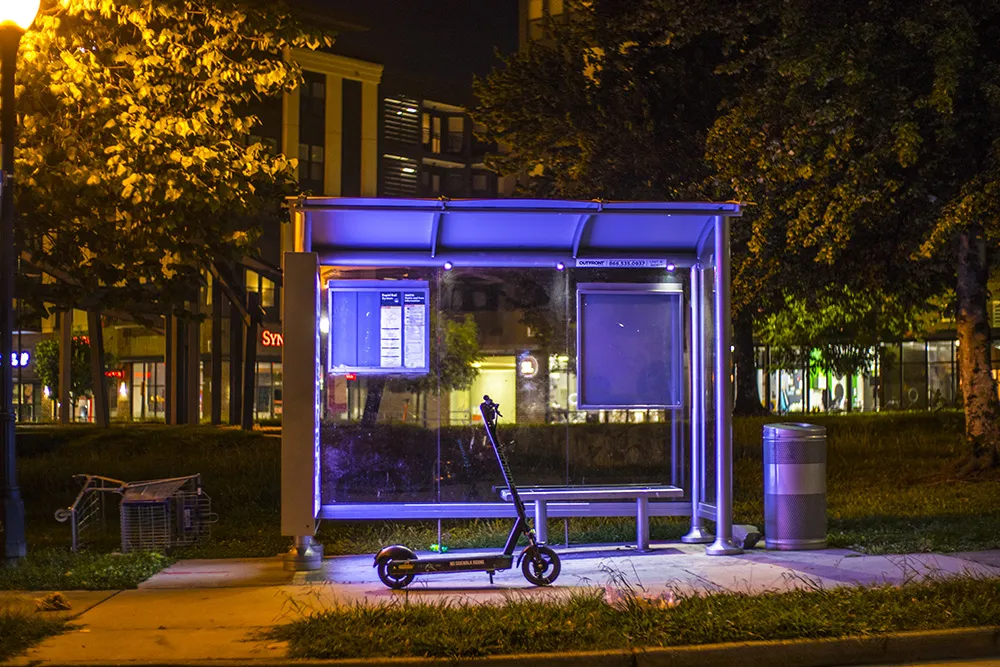An integrated luminaire receiver developed by Energy Assets as part of its Z-Lynk control technology enables street lighting engineers to remotely dim and turn LED street lights on or off.
The system is to be used across the City of London and will enable engineers to dim LED street lighting in real time via a web browser. Each receiver is programmable via near field communication (NFC) to respond to up to ten different command settings, bringing a new level of flexibility to lighting levels and zonal co
May 30, 2014
Read time: 2 mins

An integrated luminaire receiver developed by 7774 Energy Assets as part of its Z-Lynk control technology enables street lighting engineers to remotely dim and turn LED street lights on or off.
The system is to be used across the City of London and will enable engineers to dim LED street lighting in real time via a web browser. Each receiver is programmable via near field communication (NFC) to respond to up to ten different command settings, bringing a new level of flexibility to lighting levels and zonal control. Z-Lynk is able to deliver instantaneous response by the use of power line communication architecture that sends command signals over the electricity network, enabling any switchable device to be controlled. Z-Lynk works by broadcasting command messages seamlessly from the 11KV distribution network, downstream via the 415V system to individual 13 amp sockets. For street lighting, it can operate in all urban environments because it does not suffer from the effect of ‘urban canyons’, where buildings disrupt radio communication.
The system is to be used across the City of London and will enable engineers to dim LED street lighting in real time via a web browser. Each receiver is programmable via near field communication (NFC) to respond to up to ten different command settings, bringing a new level of flexibility to lighting levels and zonal control. Z-Lynk is able to deliver instantaneous response by the use of power line communication architecture that sends command signals over the electricity network, enabling any switchable device to be controlled. Z-Lynk works by broadcasting command messages seamlessly from the 11KV distribution network, downstream via the 415V system to individual 13 amp sockets. For street lighting, it can operate in all urban environments because it does not suffer from the effect of ‘urban canyons’, where buildings disrupt radio communication.










